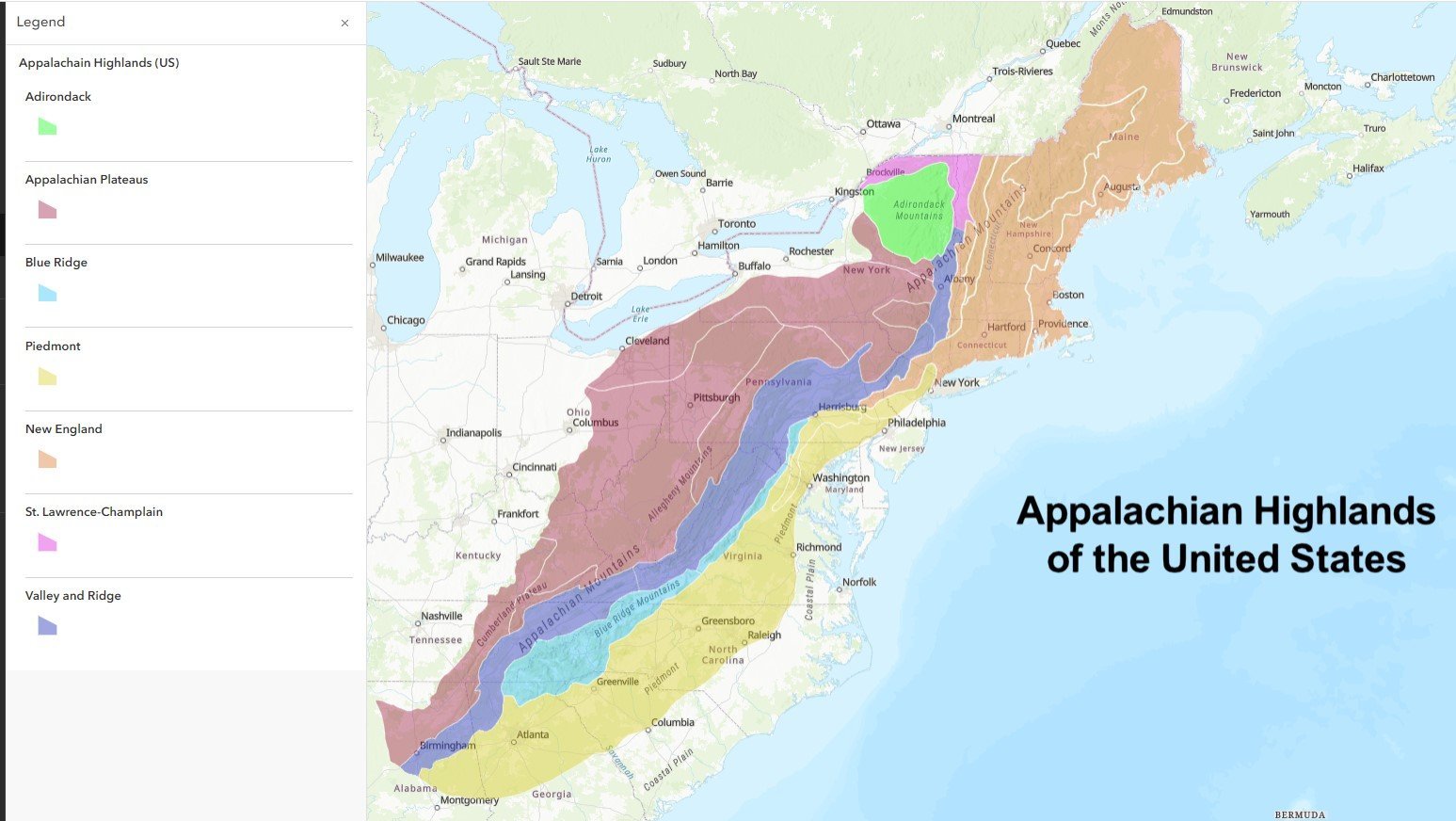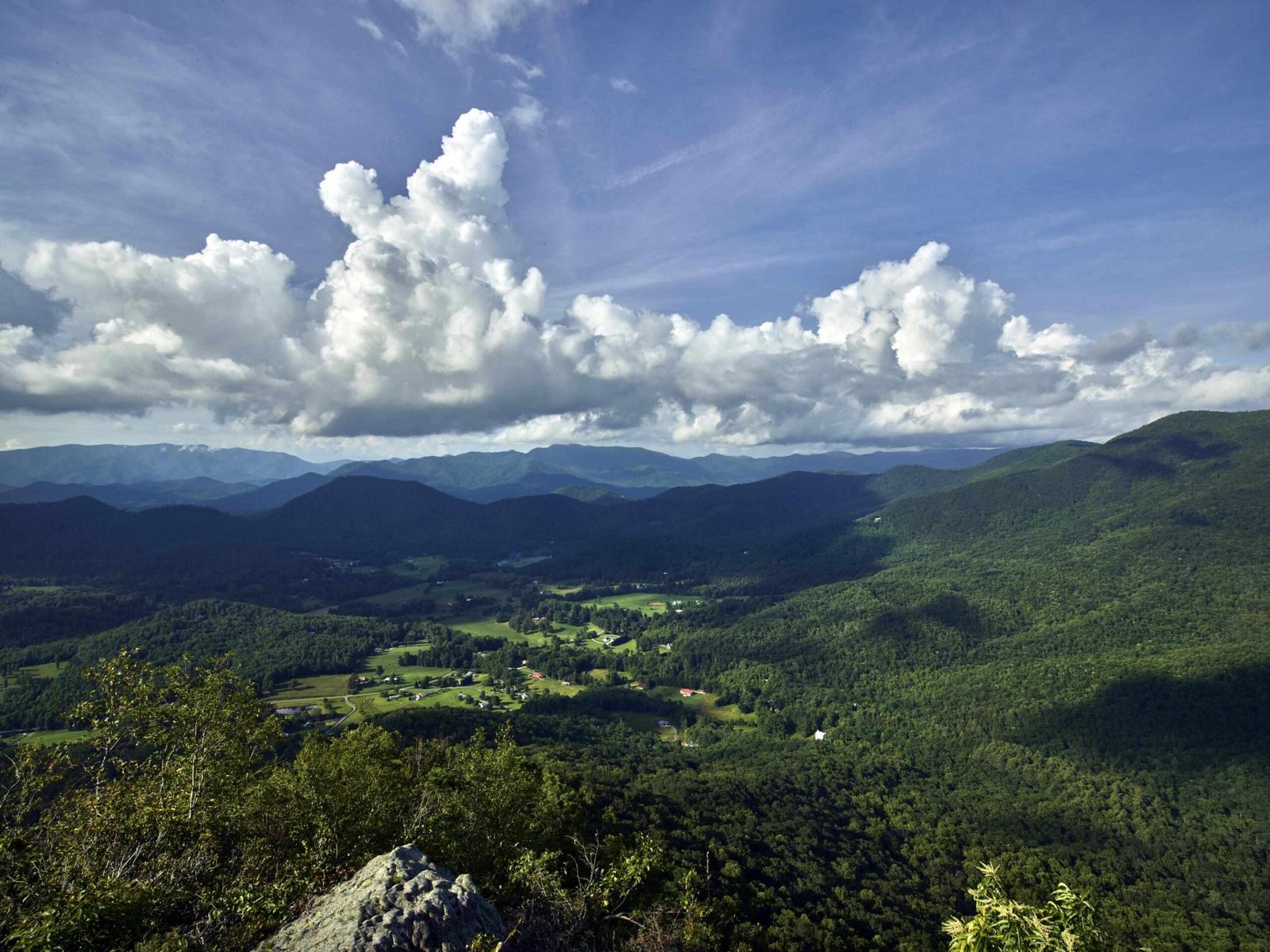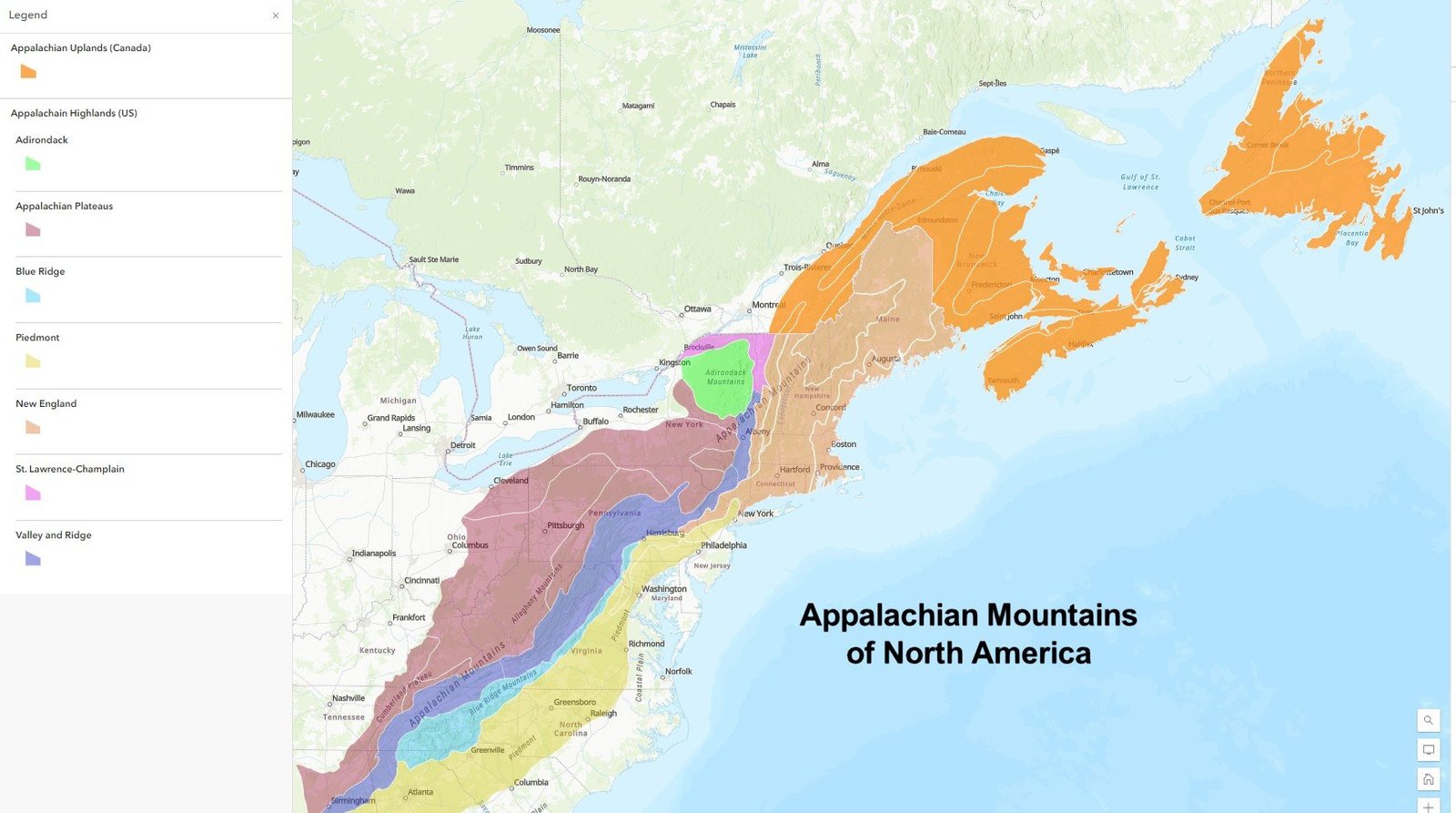The Appalachian Trail, a 2,190-mile wilderness path stretching from Georgia to Maine, is meticulously cared for by a complex network of nonprofit organizations, federal agencies, state partners, and over 6,000 dedicated volunteers. The Appalachian Trail Conservancy (ATC) leads this collaborative effort, coordinating with 31 maintaining clubs to ensure the trail’s preservation, maintenance, and accessibility for hikers and outdoor enthusiasts.
Who Manages the Appalachian Trail?

What is the Primary Organization Responsible for the Trail?
The Appalachian Trail Conservancy (ATC) serves as the primary steward of the Appalachian National Scenic Trail. This nonprofit organization coordinates comprehensive management strategies, working closely with:
- 31 maintaining trail clubs
- National Park Service
- USDA Forest Service
- State agencies across 14 states
| Organization | Primary Responsibility |
|---|---|
| ATC | Overall trail coordination and protection |
| Maintaining Clubs | Direct trail maintenance and local management |
| National Park Service | Infrastructure support and federal oversight |
| USDA Forest Service | Trail sections within national forests |
How Do Volunteers Contribute to Trail Care?
Volunteer Engagement Breakdown
Volunteers are the backbone of Appalachian Trail maintenance, contributing through:
- Direct Maintenance Activities
- Trail clearing
- Erosion control
- Bridge construction
-
Habitat restoration
-
Skill Requirements
- Basic outdoor skills
- Physical fitness
- Commitment to conservation
- Willingness to learn specialized techniques
What Federal Support Exists for Trail Maintenance?
Funding Mechanisms
The trail receives critical support through several federal funding sources:
- Legacy Restoration Fund (LRF)
- Provides up to $1.9 billion annually
- Supports critical infrastructure investments
-
Allocated $15 million for New England trail maintenance
-
Land and Water Conservation Fund (LWCF)
- Secured over $180 million for trail protection
- Supports land acquisition and landscape conservation
What Are the Specific Maintenance Responsibilities?
Trail Care Detailed Breakdown
Maintenance responsibilities include:
- Clearing fallen trees and debris
- Repairing trail surfaces
- Maintaining overnight shelters
- Managing erosion
- Marking trail boundaries
- Ensuring hiker safety infrastructure
How Can Someone Become a Trail Volunteer?
Volunteer Participation Process
Individuals interested in trail maintenance can:
- Contact local maintaining clubs
- Attend ATC volunteer orientation
- Complete required training
- Commit to specific maintenance projects
- Participate in seasonal trail work events
What Challenges Do Trail Caretakers Face?
Ongoing Conservation Challenges
Trail managers address:
- Climate change impacts
- Natural disaster recovery
- Habitat preservation
- Increasing hiker traffic
- Sustainable trail design
- Funding limitations
What Resources Support Trail Maintenance?
Funding and Support Sources
- Individual donations
- Membership programs
- Government grants
- Corporate sponsorships
- Volunteer labor
- Appalachian Trail Store revenue
Conclusion

The Appalachian Trail represents a remarkable collaborative conservation effort, demonstrating how dedicated volunteers, nonprofit organizations, and government agencies can preserve a national treasure through shared commitment and passion.

